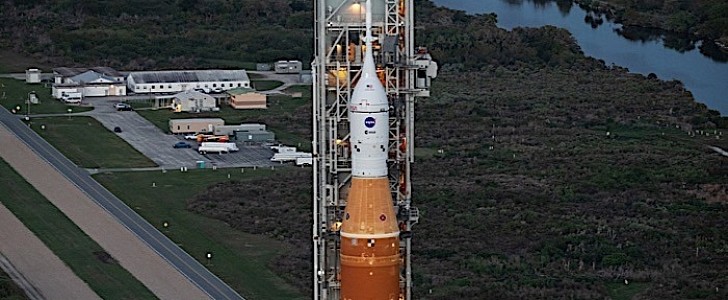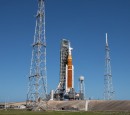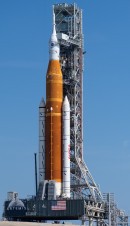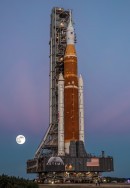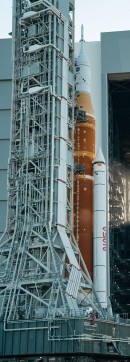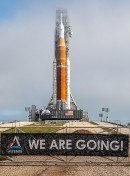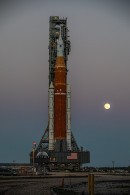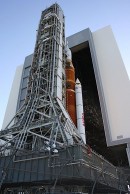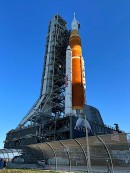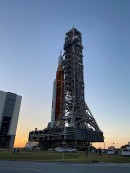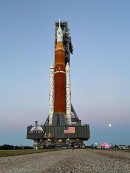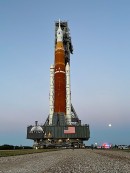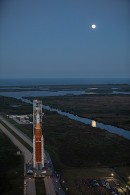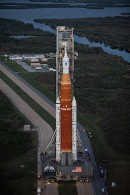Ever since the wet dress rehearsal test back in the early months of 2022, NASA has been fighting pesky hydrogen leaks in the hardware meant to fill the Space Launch System (SLS) with fuel. After it pushed through it and pretty much ignored the leak during the tests, the problem came back in modified form to stop the actual launch earlier in August.
NASA is planning to have another go at launching the SLS at the end of this month, and this time it seems it’s taking fewer chances. It already fixed the seals on an interface for the liquid hydrogen fuel line between the Space Launch System (SLS) rocket and the mobile launcher, but it also updated to fueling procedures, and plans to hold a cryogenic test days ahead of the Artemis I September 27 planned launch.
On Wednesday, September 21, a so-called cryogenic demonstration will take place. During the test, the transition of temperatures and pressures will be done more slowly than during previous attempts, “to reduce the likelihood of leaks that could be caused by rapid changes in temperature or pressure.”
Additionally, more ground software automation has been devised for the test as a means to further ensure its success. Fueling will not be the only procedure conducted this week, as once the tanks are filled, the kick-start bleed and a pre-pressurization test will also be run.
“Performing the pressurization test during the demonstration will enable teams to dial-in the necessary settings and validate timelines before launch day, reducing schedule risk during the launch countdown,” the space agency says.
The cryogenic test will start at 7 a.m. EDT on Wednesday and it is expected to conclude around 3 p.m., but the duration may be increased depending on what will actually happen on the pad. The main objectives are to see if the leak fixes hold and if the revised procedures are working.
On Wednesday, September 21, a so-called cryogenic demonstration will take place. During the test, the transition of temperatures and pressures will be done more slowly than during previous attempts, “to reduce the likelihood of leaks that could be caused by rapid changes in temperature or pressure.”
Additionally, more ground software automation has been devised for the test as a means to further ensure its success. Fueling will not be the only procedure conducted this week, as once the tanks are filled, the kick-start bleed and a pre-pressurization test will also be run.
“Performing the pressurization test during the demonstration will enable teams to dial-in the necessary settings and validate timelines before launch day, reducing schedule risk during the launch countdown,” the space agency says.
The cryogenic test will start at 7 a.m. EDT on Wednesday and it is expected to conclude around 3 p.m., but the duration may be increased depending on what will actually happen on the pad. The main objectives are to see if the leak fixes hold and if the revised procedures are working.
